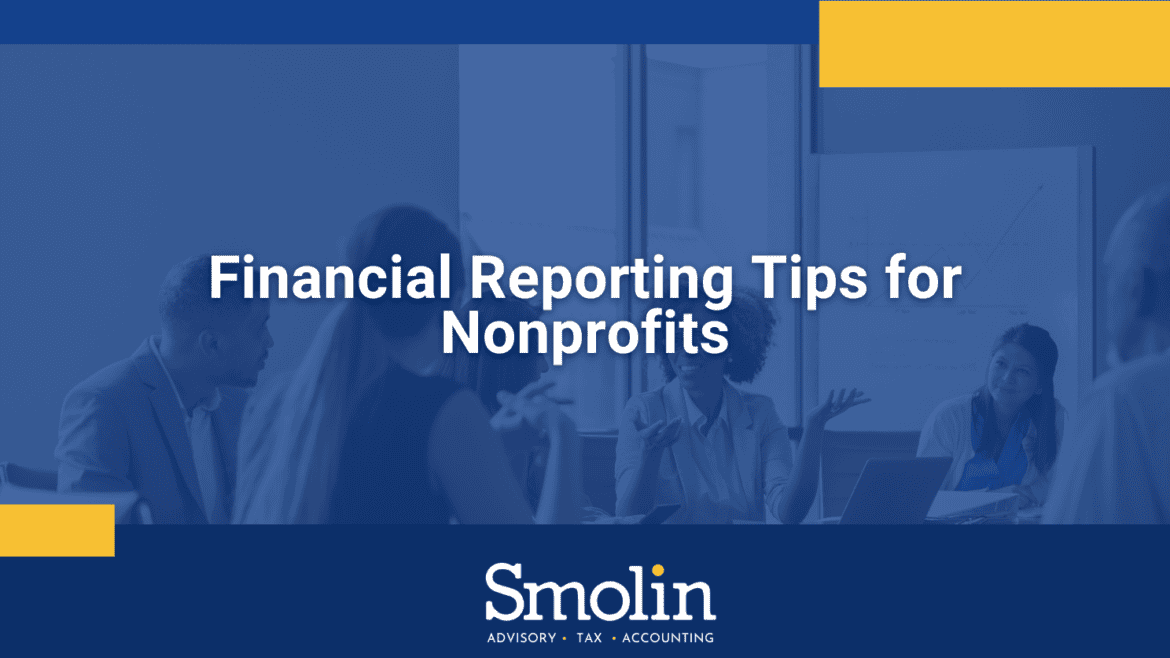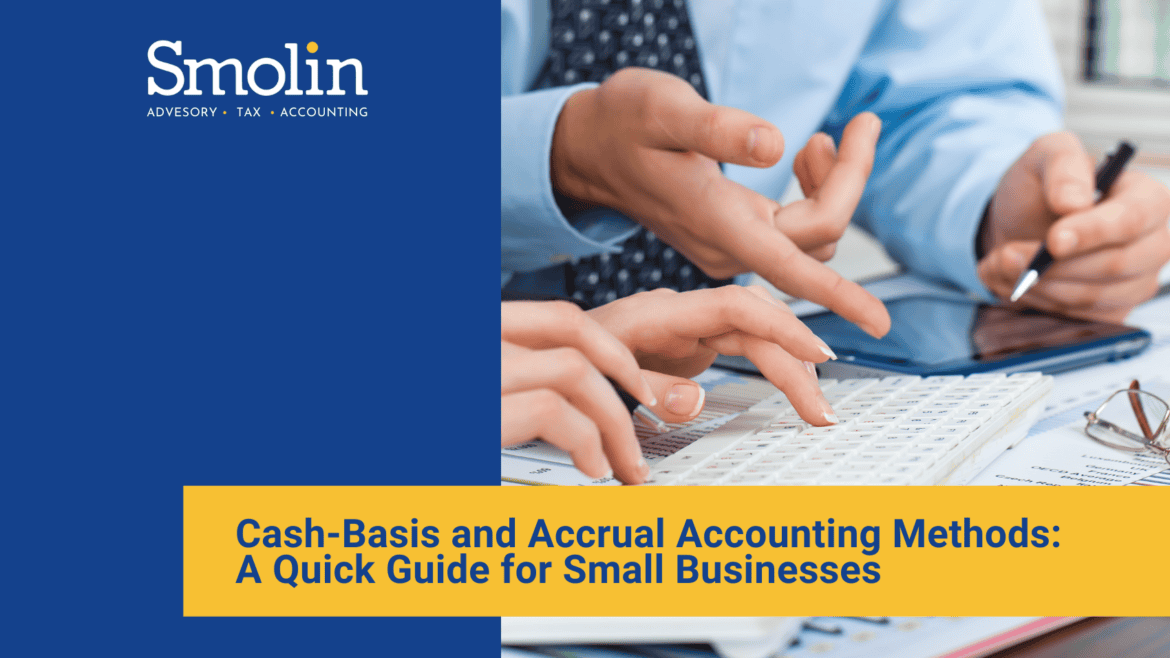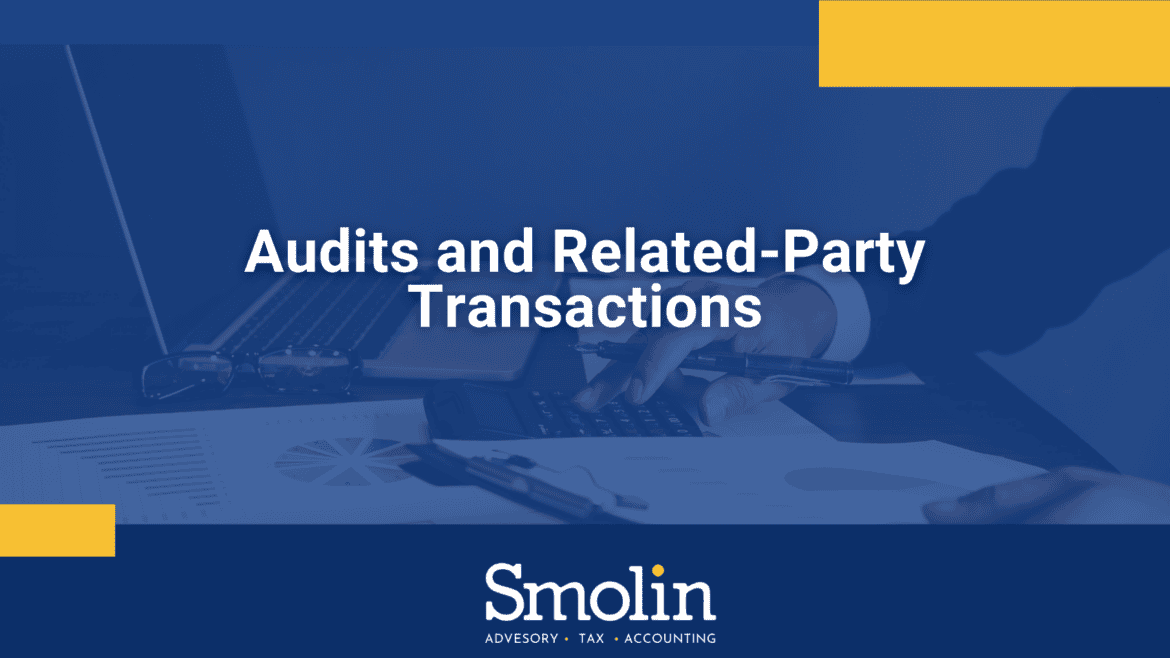One of the most critical aspects of running a business is having access to timely, accurate financial information. When it comes to tracking your business’s financial performance, there are several accounting methods to choose from—but how do you know what’s right for your situation?
Here’s an overview of cash, tax, and accrual basis accounting to help you determine what’s right for your business.
Cash basis
Startups and sole proprietorships often default to the cash method of accounting because of its simplicity. It also provides an immediate look at all available funds, which tends to suffice for small businesses with finances that aren’t overly complicated.
While the recordkeeping process is easy, cash basis accounting can make it difficult to get an accurate picture of your finances, as transactions are only recorded when money changes hands. For example, if you bought a new computer using credit, you would only record it as an expense after paying for it in cash. (Note that this method is also not suitable for tax purposes.)
You can often tell whether a company is using cash basis accounting by looking at its balance sheet, which won’t report accrual-basis items like accounts receivable, prepaid assets, accounts payable, or deferred expenses.
Tax basis
Companies that want to minimize their tax liability may choose to use tax basis accounting, where transactions are only recorded when they relate to tax. With this reporting option, you use the same accounting method for both book and tax purposes.
This can also be beneficial for businesses that don’t have complicated financial affairs and who don’t require up-to-date financial information.
Accrual basis
As your business grows, it will have more complex reporting requirements. Larger companies may decide (or be required to) to use the accrual method of accounting, where revenue is recognized when earned (regardless of when it’s received), and expenses are recognized when incurred (rather than paid). This method matches revenue to corresponding expenses in the proper period, which helps with accurately evaluating growth and profit margins over time and against competitors.
Businesses that issue financial statements under U.S. Generally Accepted Accounting Principles (GAAP) are required to use this accounting method—and most lenders and investors prefer this method due to its reliability for long-term financial planning purposes.
An additional benefit of accrual basis accounting is that it can help manage cash flow. For example, timely financial data helps negotiate payment terms with suppliers, plan for significant expenses, and forecast future cash needs.
Not sure which method is right for your business? Contact us
Choosing the right accounting method for your business is not a decision that should be made lightly. You need to consider your financial needs and accounting skills, and whether the methods used in the past have served you well. You may even choose to use a hybrid approach, incorporating elements from multiple methods.
A knowledgeable tax advisor can help you find the right solution. Contact us to learn more.








